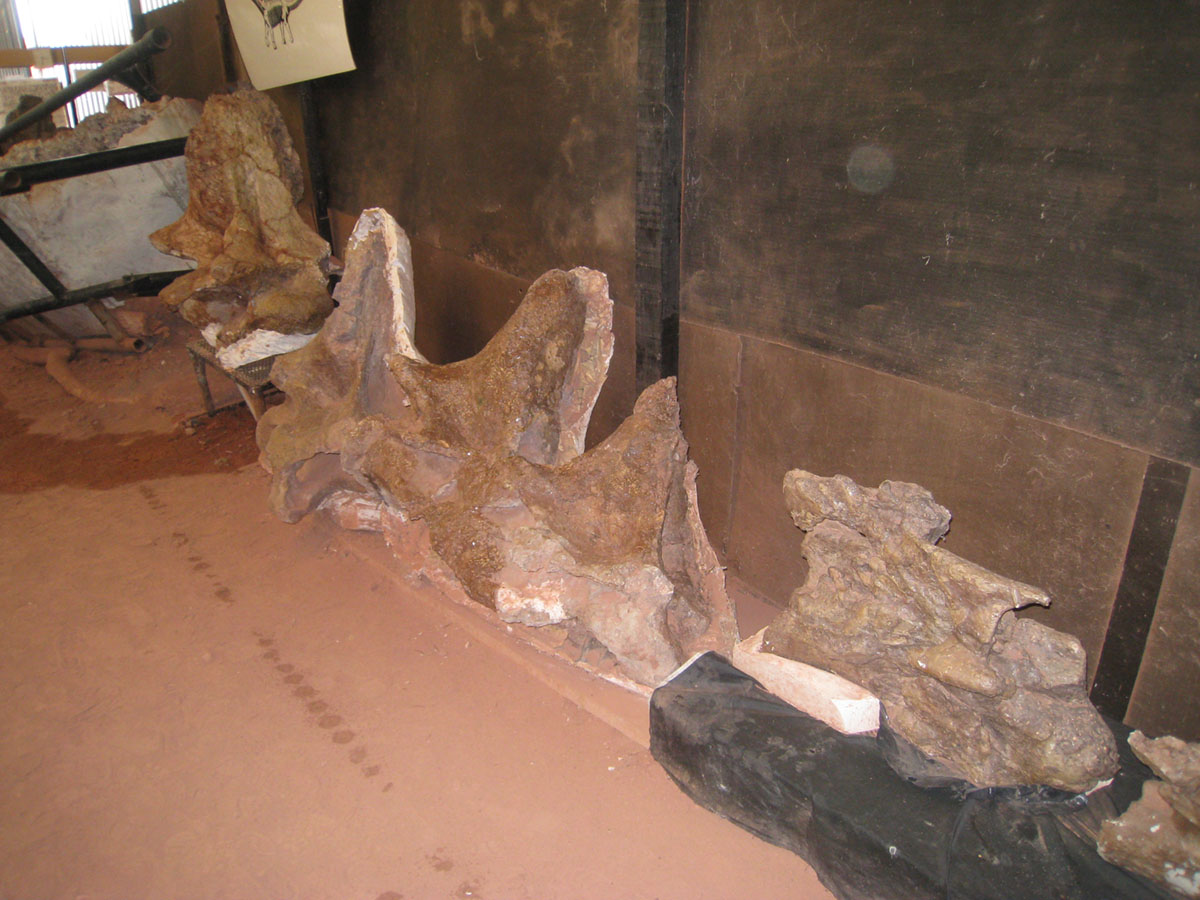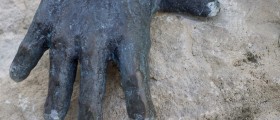
Introduction to bone spurs in neck
A bone spur in the neck is a very painful condition that can disrupt a person’s everyday life. A bone spur is an extended growth on the regular bone structure and it can occur on any part of the body.
Most commonly, however, bone spurs occur in the neck, shoulder, feet, knees and fingers.
When the neck bone is damaged, it is usually caused by the fact that the neck bone is subjected to pressure, friction or stress or a prolonged period of time.
When the body tries to repair this damage naturally, this is when bone spurs in the neck usually occur, because the beck bone is building extra bone to compensate for the damage.
Causes
Aging is typically the most common cause of this condition. When people grow old, the cartilage that protects the bones at the joints will wear out and the discs between the bones of the spine will break down as well with age.
When this occurs, the body will make extra bone in order to maintain stability of the bone and joint.
The degeneration of the bone can also be caused by other diseases and health conditions. Cervical spondylosis, untreated herniated disc or slipped disc, osteoarthritis, diffuse idiopathic skeletal hyperostosis (DISH) for example.
Injuries, bone birth defects, poor posture, obesity and malnutrition can also cause bone deterioration and lead to bone spurs in the neck as well.
Symptoms
There are no immediate symptoms of a bone spur in the neck, because the growth is smooth and does not cause any obstructions.
As the size of the bone spur increases, it compresses the bones, ligaments and tendons adjacent to it, and then the symptoms will arrive.
There will first be a dull pain in the neck and shoulders most likely that will become sharper when a person is involved in physical activities that demand more usage of the neck and shoulders.
The pain may also extend all the way down to the lower back. There will be tenderness and swelling when the bone spur beings to rub on the ligaments and tendons and this will usually weaken the muscles and result in spasms.
Once the bone spur reaches the nerves, tingling sensations and numbness are probable. There can also be a loss in coordination experienced.
If the bone spur puts too much pressure on the nerves, a person could lose control of their bladder and bowels as well.
Treatment
First anti-inflammatory medications will be prescribed to bring down the pain, and there will probably have to be surgery to remedy the problem. Once the surgery is completed and the healing process has begun, there are low impact exercises that can be practiced that can help to get the neck bone back to its normal state.




-Causes,-Symptoms,-Diagnosis,-Treatment_f_280x120.jpg)












Your thoughts on this
Loading...